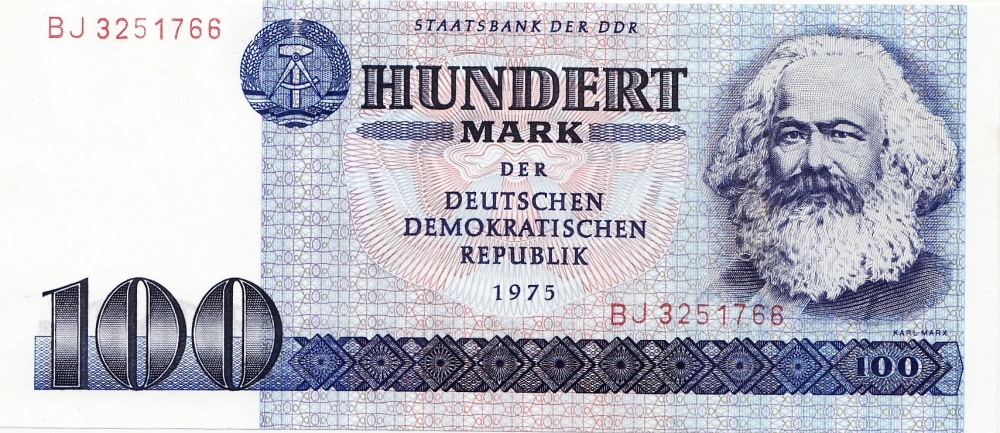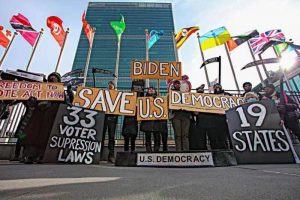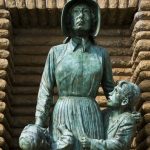Seventy years ago, on 17 June 1953, an uprising against the communist regime broke out in East Germany, also known as the German Democratic Republic (GDR).
It was the first uprising in one of the communist states of Eastern Europe. Similar uprisings would also break out in other communist satellite states in Eastern Europe, such as in Hungary in 1956 and in Czechoslovakia in 1968, which were also bloodily suppressed.
The communist rule of the GDR was not yet firmly established and was still in the process of overturning society by means of the abolition of the federal system, through land expropriation and the elimination of Christians and civilians as a factor.
The immediate cause of the revolt was the raising of the production targets. This meant that the workers had to be more productive without being paid more. Also in the countryside there was great discontent among the farmers who would be expropriated by the communists. The uprising began on June 16 among the builders in East Berlin, the capital of the GDR.
Here the government wanted to set up an architectural showcase, the Stalinallee-pragstraat, and pressured the builders to finish the work on apartments for the elite more quickly. The builders protested against it and the revolt quickly spread to other industries and other parts of the country. The demands of the insurgents extended beyond the withdrawal of the increased labor standards. It was a complete rejection of the communist rule of the leader Walter Ulbricht and his Soviet Union masters.
The people demanded free elections, release of political prisoners and even a reunification of Germany. There were demonstrations and strikes, public buildings were stormed and occupied. About one million people participated in one way or another in the uprising, which reached its peak on June 17 and which had no leader and no organization. The discontent was not only in the building industry, but practically everywhere and across all classes of society. The fact that the workers in particular, for whose interests the communists are said to be fighting, revolted was a bitter pill for them. It showed even then that communism was one heinous deception and oppression under the guise of equality and better living conditions.
The troops of the GDR were not up to the task of suppressing the uprising and called in the help of the Soviet Union, which suppressed the uprising in its usual brutal and merciless way with tanks and about 20,000 soldiers. More than 50 protesters were killed and more than 15,000 were arrested. That the Western powers USA, Britain and France, who sat in West Berlin and did not interfere against the Soviet advance, was disappointing.
On the one hand, nobody wanted to risk a Third World War so soon after the Second World War, on the other hand, it could have brought down the communist power, spread the rebellion to other communist countries and ended the Cold War right there. The events of 1989 would have already taken place in 1953 and we would have had a very different world without communism with all its misdeeds.
The GDR regime then massively expanded its domestic apparatus of repression, in particular the notorious Staatssicherheit (“Stasi”). The people’s will for freedom was broken and a new generation only rebelled again 36 years later, in 1989. However, then the international circumstances were quite different and the Soviet Union no longer rushed to the aid of its satellite states militarily.
For almost 40 years, the 17th of June in West Germany, or the Federal Republic of Germany, was the national memorial day under the name “Day of German Unity”. Only in 1990, with the actual unification of the two German states, was it replaced with 3 October as a national day of remembrance.








